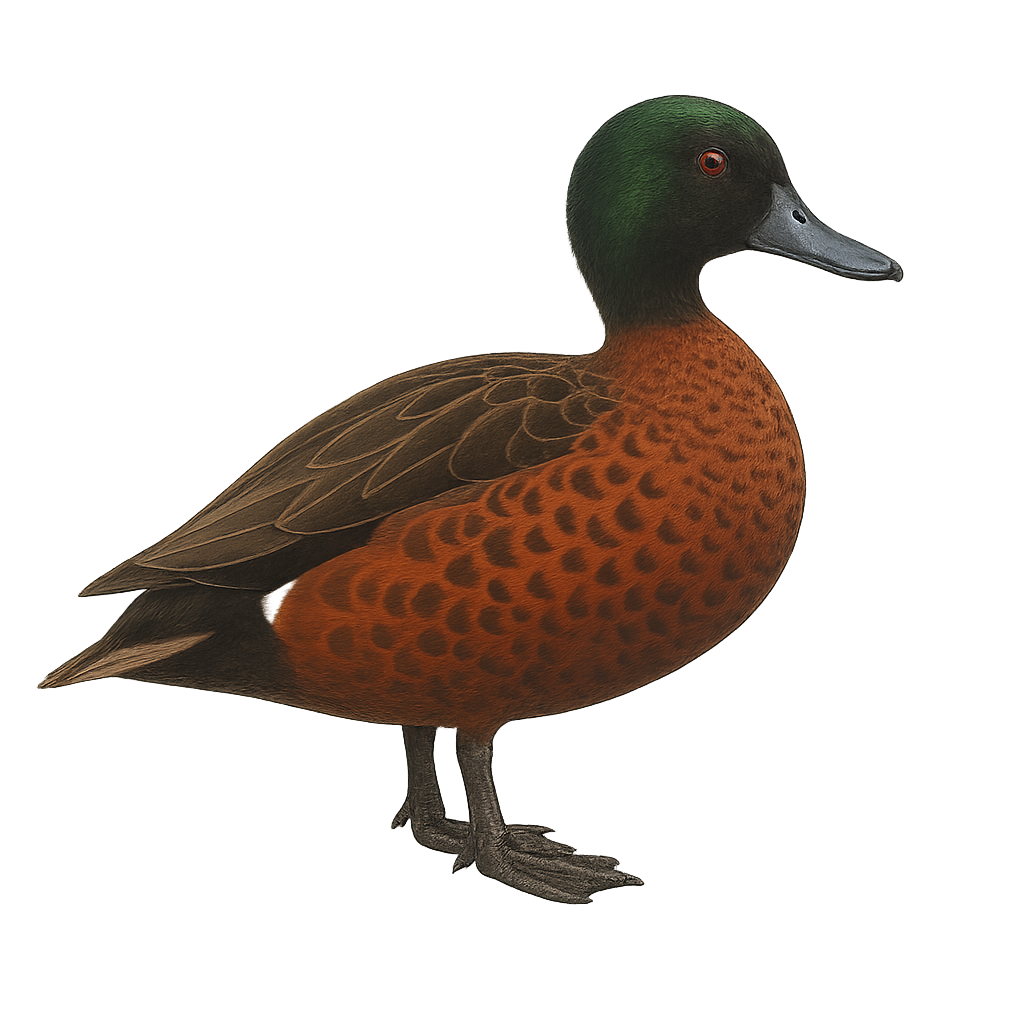Your wildlife photography guide.
Explore the chestnut teal in detail, study its behavior, prepare your shots.
Where to observe and photograph the chestnut teal in the wild
Learn where and when to spot the chestnut teal in the wild, how to identify the species based on distinctive features, and what natural environments it inhabits. The WildlifePhotographer app offers tailored photography tips that reflect the chestnut teal’s behavior, helping you capture better wildlife images. Explore the full species profile for key information including description, habitat, active periods, and approach techniques.
Chestnut Teal
Scientific name: Anas castanea

IUCN Status: Least Concern
Family: ANATIDAE
Group: Birds
Sensitivity to human approach: Suspicious
Minimum approach distance: 10 m
Courtship display: September to November
Incubation: 26-28 jours
Hatchings: September to December
Habitat:
wetlands, estuaries, coastal marshes
Activity period :
Primarily active during the day, with peak activity in the morning and late afternoon.
Identification and description:
The Chestnut Teal, Anas castanea, is a dabbling duck species native to Australia. This duck exhibits marked sexual dimorphism: the male has a metallic green head and chestnut breast, while the female is duller with brown and grey hues. They primarily inhabit wetlands, estuaries, and coastal marshes. Their diet consists of aquatic plants, insects, and small invertebrates. They are often seen in small groups and are known for their relatively tolerant behavior towards humans. The breeding season varies by region but generally occurs in spring and summer.
Recommended lens:
400mm – adjust based on distance, desired framing (portrait or habitat), and approach conditions.
Photography tips:
To photograph the Chestnut Teal, it is advisable to use a 400mm lens or longer to capture detailed images without disturbing them. Look for them in wetlands or estuaries, where they often feed in small groups. Morning or late afternoon light can provide ideal conditions to capture the male's vibrant colors. Be patient and discreet to achieve natural shots.
The WildlifePhotographer App is coming soon!
Be the first to explore the best nature spots, track rutting seasons, log your observations, and observe more wildlife.
Already 1 430 wildlife lovers subscribed worldwide

